|
Mosby Heritage Area Tour
Page12 April 2004 photos/text courtesy of Richard Edling, PA October 2007 photos/text courtesy of Lee Hohenstein, NE |
||
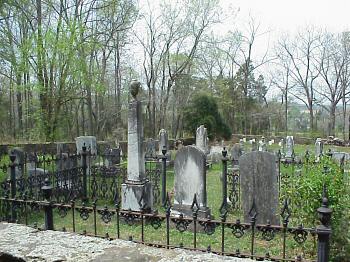 |
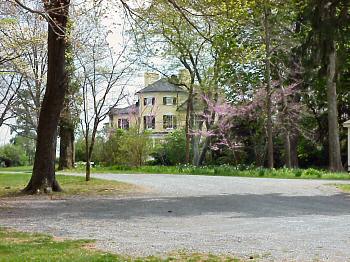 |
|
|
(April 2004) Mt. Zion Church |
(April 2004) Oatlands |
|
|
|
||
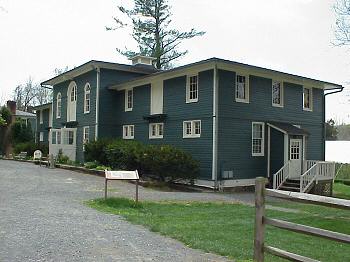 |
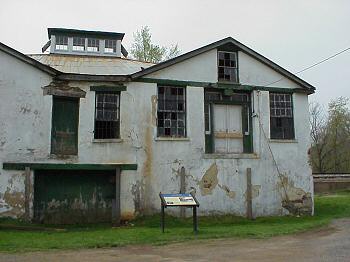 |
|
|
(April 2004) Oatlands |
(April 2004) Rectortown |
|
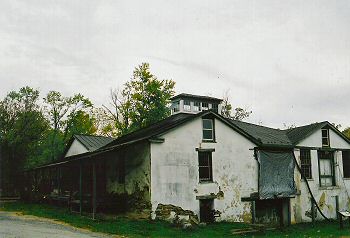 |
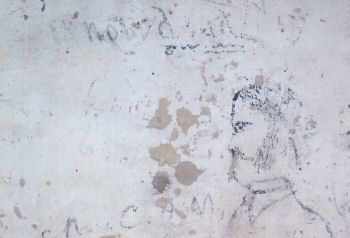 |
|
|
(October 2007) Rectortown
Enlarge |
(October 2007) Rectortown
Enlarge |